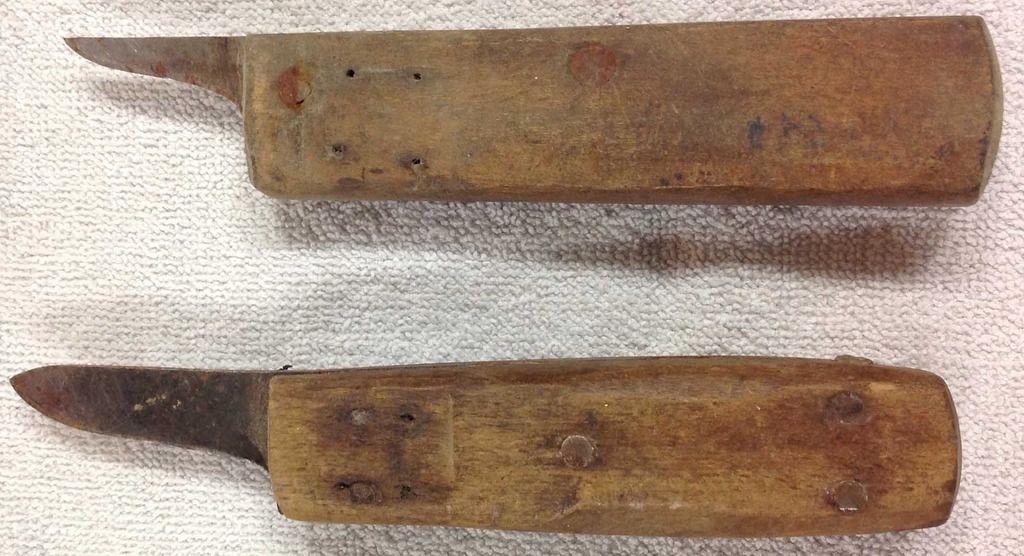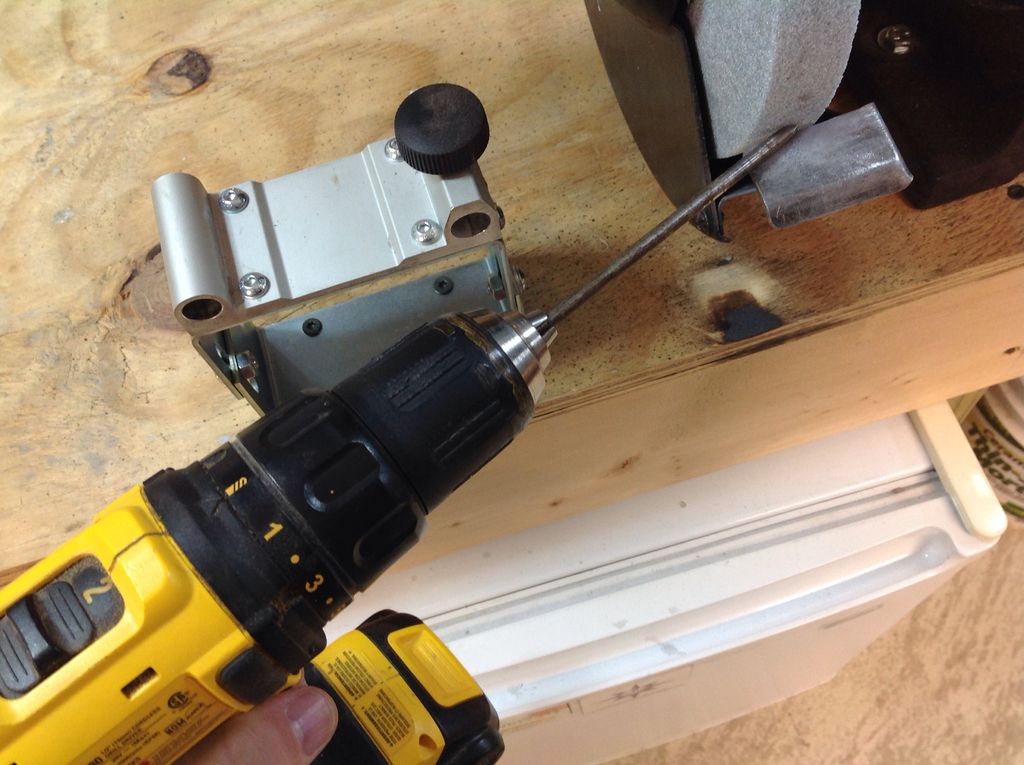I've not seen one of the old SuperGrind's in blue. Mine is the 2000, and it is green. Were the 1200's blue ? Was this possibly some special order with that wheel type ?
Kind regards,
Rich
Kind regards,
Rich
Welcome to the Tormek Community. If you previously registered for the discussion board but had not made any posts, your membership may have been purged. Secure your membership in this community by joining in the conversations.
www.tormek.com
This section allows you to view all posts made by this member. Note that you can only see posts made in areas you currently have access to.
Show posts Menu [/URL]
[/URL]
Quote from: Ken S on January 01, 2017, 05:06:50 PM
Do not sell handheld sharpening short.
Page created in 0.065 seconds with 17 queries.